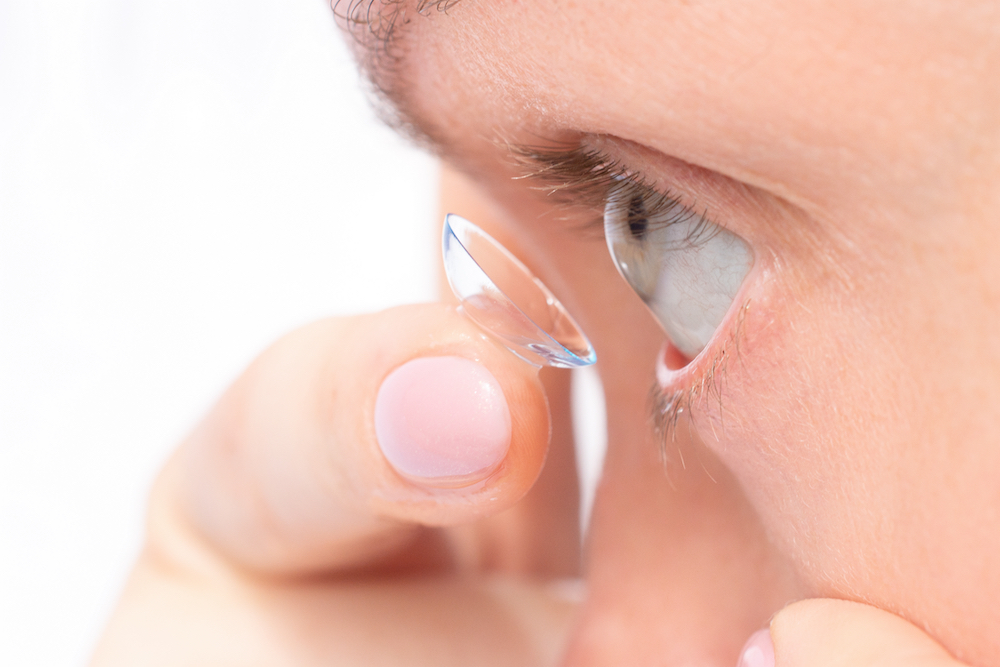
The first form of vision correction that emerged in history is the lens, the basic form for all vision correction available today. The beginning of the journey of the lens is unknown, but the oldest record of one goes back to Seneca. He is said to have used a glob of glass filled with water to read books from Rome.
Later in the middle ages, monks read using magnifying glasses made from glass spheres. Many historians agree that the first form of eyeglasses appeared in Italy in the 1200s, in Pisa or Venice. They were created by either monks or craftsmen from the two towns, set in bone or wood, and perched on the nose.
In the 1800s, the first contact lens was finally forged in Europe, effectively starting the vision correction revolution. Today, you can get contact lenses for any vision issue, even hard-to-fit conditions.
Hard-to-fit Conditions
The eye is usually smooth, and the structures work as they should. However, some conditions can significantly alter the eye structures and how they work. Some of the issues that can develop from these changes are:
Astigmatism
Keratoconus
Giant papillary conjunctivitis
Presbyopia
Post-refractive surgery
These conditions were not viable for contact lens use for a long time because they were unresponsive to regular contact lens fittings. Some of them made contact lens wear uncomfortable for the patients.
Specialty Contact Lenses
Many of the conditions listed above affect the cornea, the surface on which the contact lens rests. To remedy these situations, eye doctors and scientists created specialty contact lenses that help address these conditions. Here are the three most effective specialty lenses you can get:
Scleral Lenses
Probably the most popular and effective specialty lenses, scleral lenses are much larger than regular lenses. Instead of resting on the corneal surface, these lenses rest on the eye's sclera, arching over the cornea. They are ideal for many users because they create a new, regular refractive surface over the cornea.
Moreover, they create a dam of tears between them and the cornea, helping keep the cornea hydrated. RGP lenses allow more oxygen through them than soft lenses, which is excellent for complex conditions like dry eye.
Ortho-k Lenses
Among the leading solutions in the contact lens arena are these overnight-wear corrective lenses. Often prescribed as myopia management options, they are available for people who want to avoid contacts during the day.
After wearing them overnight, they provide you with clear ad near-perfect vision the following day. They accomplish this by gently reshaping the cornea, thereby correcting the visual error. They are perfect for patients with refractive errors like myopia, hyperopia, and astigmatism.
Hybrid Lenses
These lenses blend RGP and soft contact lenses, providing the crisp vision of RGP lenses and the comfort of soft lenses. They have an RGP lens center and a soft lens skirt, the part that rests on the eye. They can work for multiple conditions and patients who find RGP lenses uncomfortable.
For more on what eye conditions are a good fit for specialty contacts, visit Eyes on You, PC, at our office in Portland, Oregon. Call (971) 252-7500 to book an appointment today.












